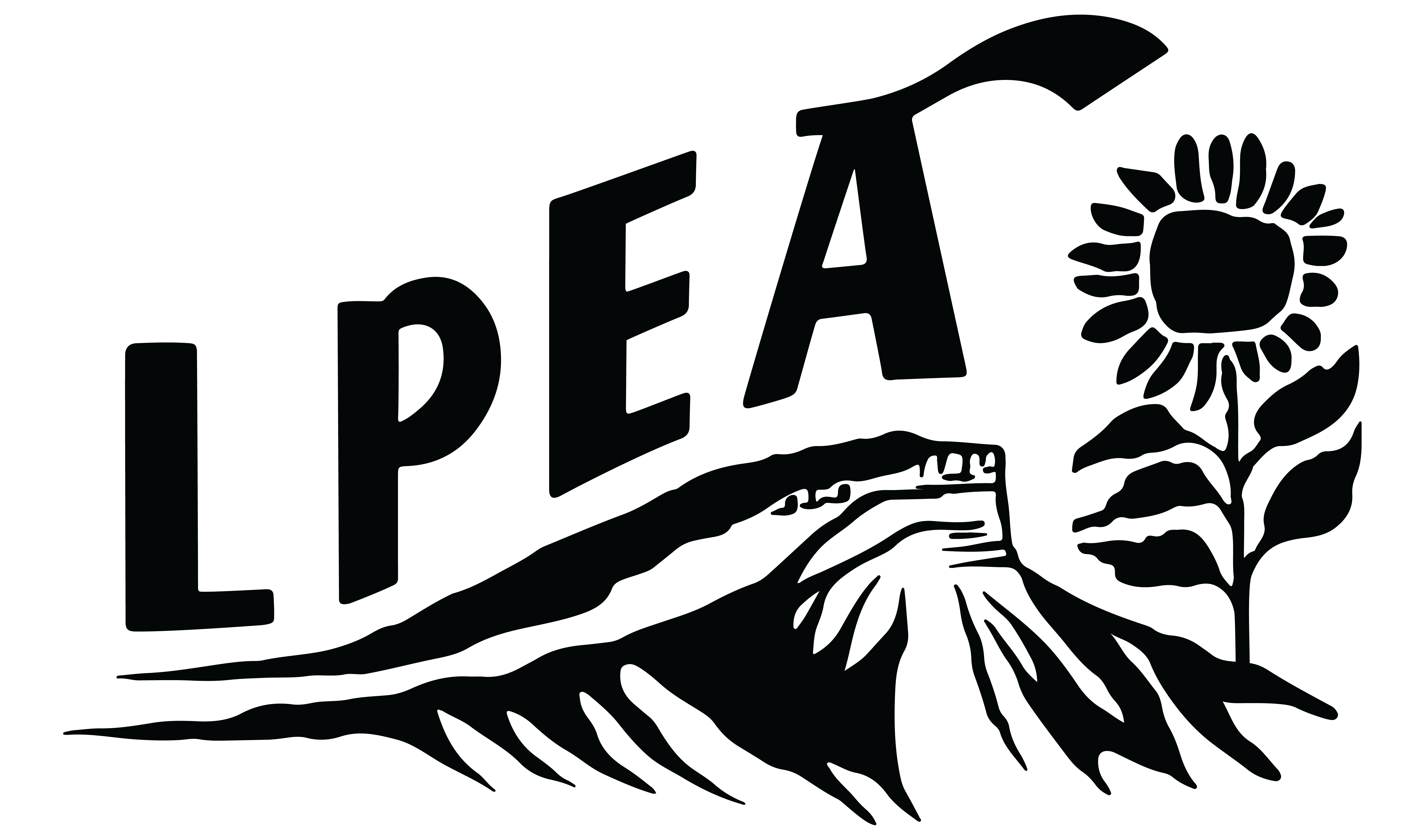
In November, you may have noticed a credit on your bill (if less than $100) or a check in your mail (if more than $100), from LPEA. This is your capital credit refund for 2020, one of the many benefits of being a member of a rural electric cooperative like LPEA.
In September 2020, the LPEA board approved the retirement of $3.5 million in capital credits to our members. Since incorporation in 1939, LPEA has retired nearly $75 million to its members.
So, what exactly are these capital credits, and how does LPEA determine your refund every year?
Here’s a quick Q & A:
What are capital credits?
They represent your ownership of LPEA based on your past electric bill payments. Capital credits should not be confused with profits, which are a return on capital. The retirement of capital credits is a return of member-furnished capital. Cooperatives exist not to make a profit but to provide affordable electricity.
When do you retire capital credits, and how do you decide how much?
When deciding the amount of patronage capital to retire, the LPEA board considered the current financial position of the co-operative, as well as the best way to help the most members. The board felt that $3.5 million was an appropriate number which would not force LPEA to borrow extra funds to finance its day to day operations.
They also decided that this retirement should come from our operating margins, rather than our non-operating margins. Credits are retired when the LPEA board determines our financial condition allows for it. LPEA retires credits on a 21-year cycle, which means that margins allocated to members in 1998-99 were just retired. This year, LPEA also elected to retire credits that were allocated to members in 2019. This is referred to as a ‘LIFO’ (last in first out) retirement and it aims to ensure our current membership receives refunds, even if they were not members in 1998-99.
Operating margins do not include income from investments (such as interest or income earned by a subsidiary company) or the capital credits that LPEA is allocated from the co-ops of which it is a member, such as Tri-State, NISC, and Western United. These items make up non-operating margins. The process for allocating these margins is different and favors LPEA’s largest customers as it is based on their usage rather than the amount of the bill. Retiring exclusively from operating margins is more beneficial to residential members who make up the majority of our membership, so the board chose to retire the entire amount from that ‘pot’ despite operating margins being less than $1 million in 2019.
How are my capital credit allocations used until I receive them?
They are used to pay for system upgrades, maintenance, and general operations. If we refunded the total amount of allocations, we would have to borrow money to continue operating. Having operating capital helps us minimize the amount of high-interest money we borrow, which keeps costs in check.
What happens to my capital credits if I move?
Capital credits cannot be refunded on-demand as they are used for long-term investments. Since they are paid years after the credits are earned, always keep us informed of any address and telephone changes so we can continue sending you your refund checks.
More at: lpea.coop/capital-credit-refunds and at https://lpea.coop/lpea-fact-checker
